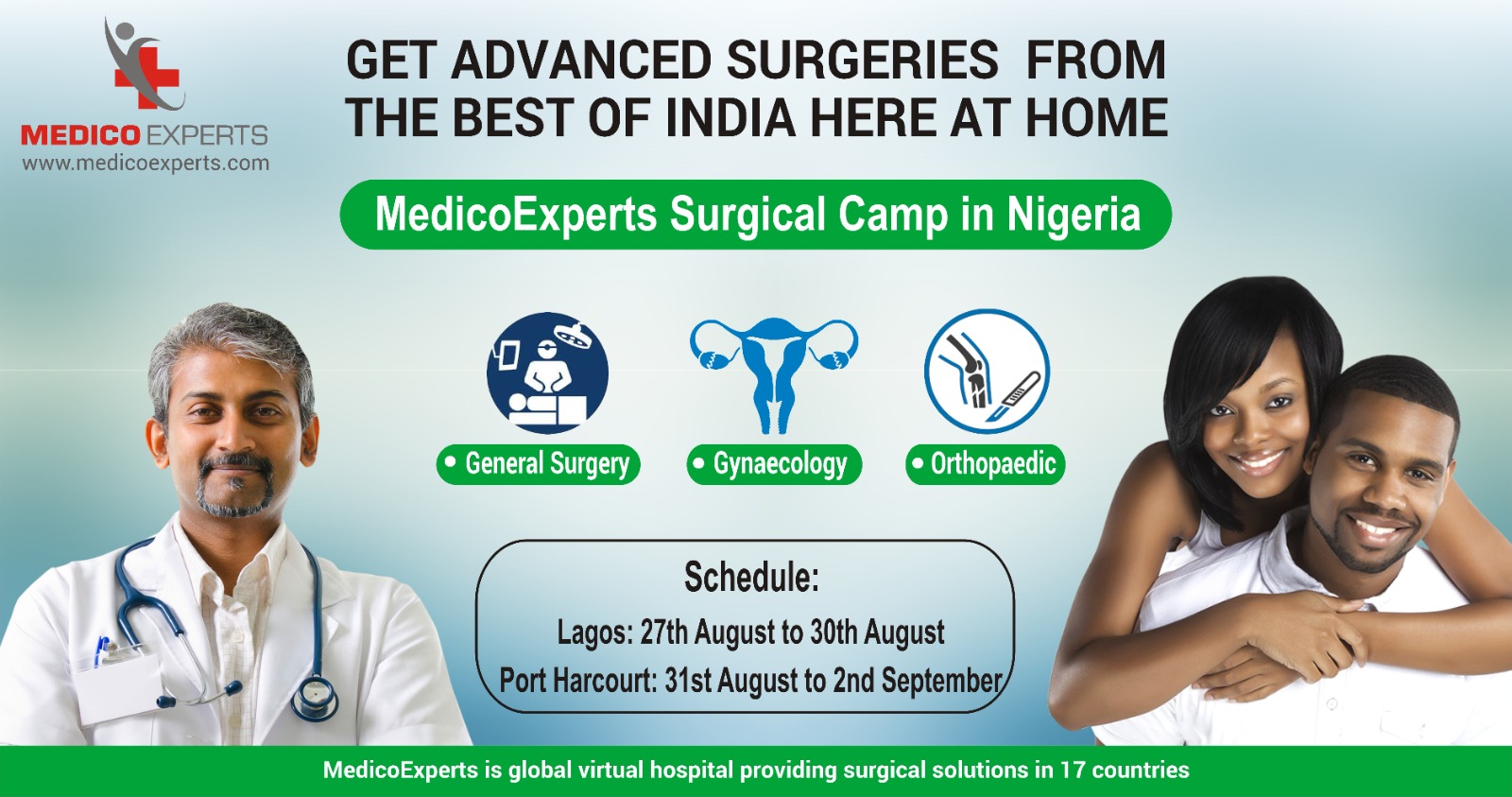Updated: January 2025 | Author: Dr. Khushbu Jain | Reviewed by: Dr. Anant Bagul (Orthopedic surgeon and stemcell specialist)
Are you struggling with the effects of avascular necrosis (AVN), wondering if your mobility can ever return to normal?
Avascular necrosis (AVN) is a condition that disrupts blood flow to bones, leading to tissue death and joint degeneration. If left untreated, it can cause chronic pain, disability, and even lead to major surgeries like hip replacement.
But here’s the good news: can avascular necrosis be reversed? In many cases, it can. Early diagnosis, advanced treatments like stem cell therapy, and lifestyle adjustments offer hope for reversing AVN and restoring bone health.
This blog explores effective answers to the question, “Can AVN be reversed?”, highlights cutting-edge therapies, and provides actionable steps to regain control over your health and mobility.
What is Avascular Necrosis (AVN)?
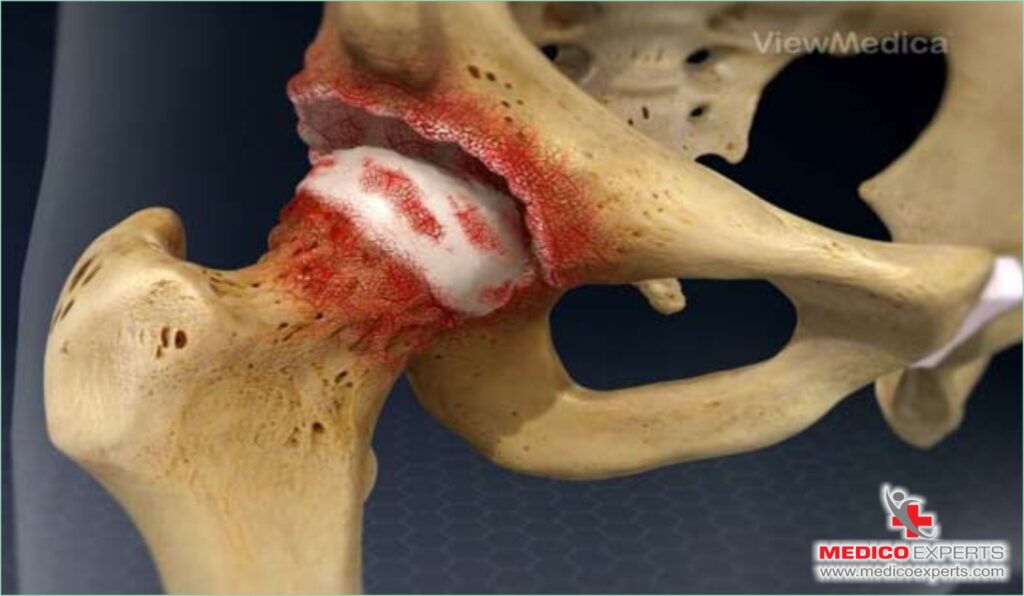
Avascular necrosis is a condition that is referred to as bone tissue death.
Your body goes through a cycle where new tissues are replaced with old ones. This process must occur in a precise manner in order to maintain the health and strength of your bones. Blood provides the vital nutrients and oxygen that bones need to repair and stay healthy.
In the absence of appropriate blood flow, the skeletal system is unable to produce new bone tissue at the required rate. This may cause the dying bone to deteriorate and finally fall.
How common is Avascular Necrosis?
According to the National Library of Medicine, every year AVN affects, 10,000 to 20,000 new cases have been reported just in the United States. Persons belonging to any age group and gender.
Even though persons in their 30s and 40s are more likely to experience it than those in any other age group.
Where does avascular necrosis develop?
AVN can often affect multiple points in the body. The most susceptible parts include the jaw, upper arm, knee joints, and hip joints. However, the hip is a part that occurs frequently.
In more severe cases the progression of the disease can lead to the collapse of the subchondral bone (The bony layer beneath the hyaline cartilage and cement line). This can have a detrimental impact on the health of the affected joint. Hence, it is quite essential to identify and choose the appropriate treatment.
Can Avascular Necrosis be reversed?
This is a common question for those diagnosed with this condition. Avascular necrosis is not about bones. This is about blood supply. Blood supply helps in two ways to the tissues – it carries the nutrition and removes the toxins from the body.
Because these two activities stop- new cells cannot develop and perform their activities. An increased collection of toxins can damage the tissues in the region. This can happen to any bone of the body.
Reversal of AVN is possible, but success depends on factors such as:
- Stage of AVN: Early-stage AVN is more likely to be reversed.
- Treatment Type: Advanced therapies like stem cell therapy or core decompression offer promising results.
- Lifestyle Adjustments: Managing contributing factors like smoking, alcohol, or underlying conditions can improve outcomes.
Does bone have regeneration capacities?
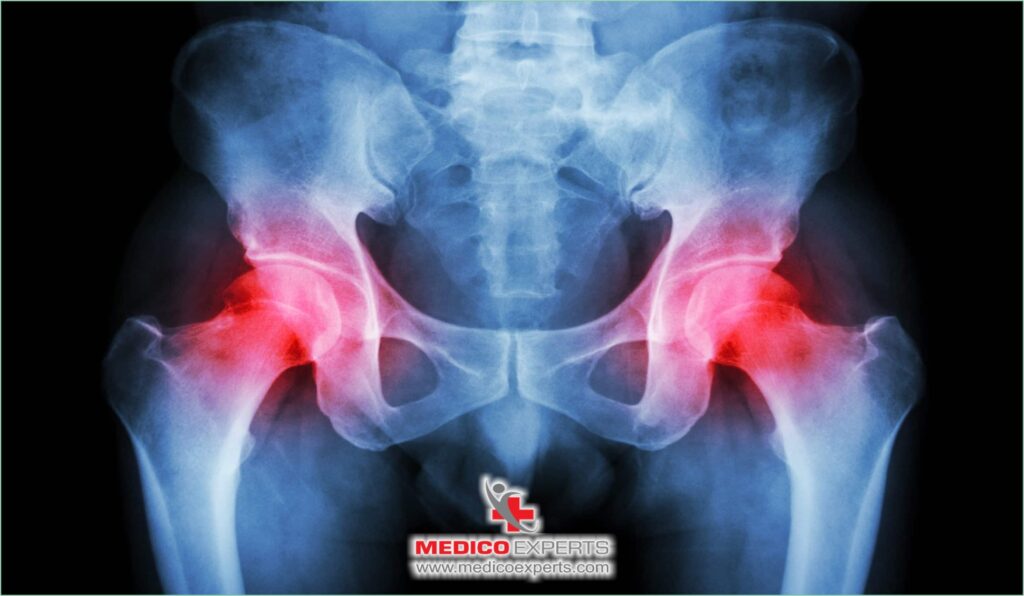
The human body is very capable of healing and regenerating itself. The bones of all organisms are capable of regenerating themselves naturally. Bones are constantly remodelling themselves through what is called their metabolic process. Here, old bone tissue will be replaced by new bone tissue. However, there could be limitations in cases related to Avascular Necrosis (AVN).
The horizon of medical research has promising potential in the case of stem cells to aid in bone regeneration. Stem cells are unique. They have the ability to distinguish between various cell types. This makes them a powerful tool to restore damaged bone tissue, thereby improving blood supply and boosting new bone growth.
The use of stem cell therapy opens new treatment avenues. As it aims to reverse the damage done by AVN as well as halt its progression.
Role of Stem Cells in Bone Regeneration
Stem cells have been a real improvement in treating conditions like avascular necrosis (AVN).
Different types of stem cells sourced from various layers of the embryo play specific roles in regeneration. The first step towards this is the formation of three different germinal layers to develop different kinds of cells Mesodermal, endodermal, and ectodermal.
Let’s see the different types of stem cells and their capabilities:
Mesodermal
Mesodermal stem cells are differentiated to grow through early stem cells into tissues like bone, cartilage, muscle, tendon, and ligament.
Endodermal
Endodermal stem cells mainly bring about the development of tissue that forms the internal structures. This extends to the GIT, lungs, and many other internal organs.
Though their work in the direct application of regenerative medicine on bones is minimal, they have been beneficial in restoring health to the supportive tissues and organs, therefore increasing the health of the bones.
Ectodermal
Ectodermal stem cells are part of the development of the body from the ectoderm of the outer layers of the body, namely skin and nervous tissue.
These cells have less direct involvement in bone regeneration but have been used in supportive therapies, for example, neural regeneration. They are an aid to musculoskeletal health by improving the function/mobility of the body.
Mesenchymal Stem Cells (MSCs)
Mesenchymal stem cells (MSCs) are plastic, stromal cells of mesodermal and neural crest origin. These cells have demonstrated a rather enormous potential for application in the area of regenerative medicine.
They focus on damaged areas to differentiate into specialized cells, promote angiogenesis (generates new capillaries from blood vessels), and respond to inflammatory conditions.
Some of the sources of MSCs that have been highly investigated are the muscle, bone marrow, umbilical cord, placenta, umbilical cord blood, adipose tissue, Wharton’s jelly, and amniotic fluid. These cells have the ability to differentiate into formations such as chondrocytes, myocytes, adipocytes, and osteoblasts.
There is a difference in the reparative abilities of MSCs when it comes to healing and regenerating damaged skeletal tissues. MSCs derived from different sources possess a wide range of abilities in releasing a variety of chemokines, cytokines, and growth factors.
How can Avascular Necrosis (AVN) be reversed?
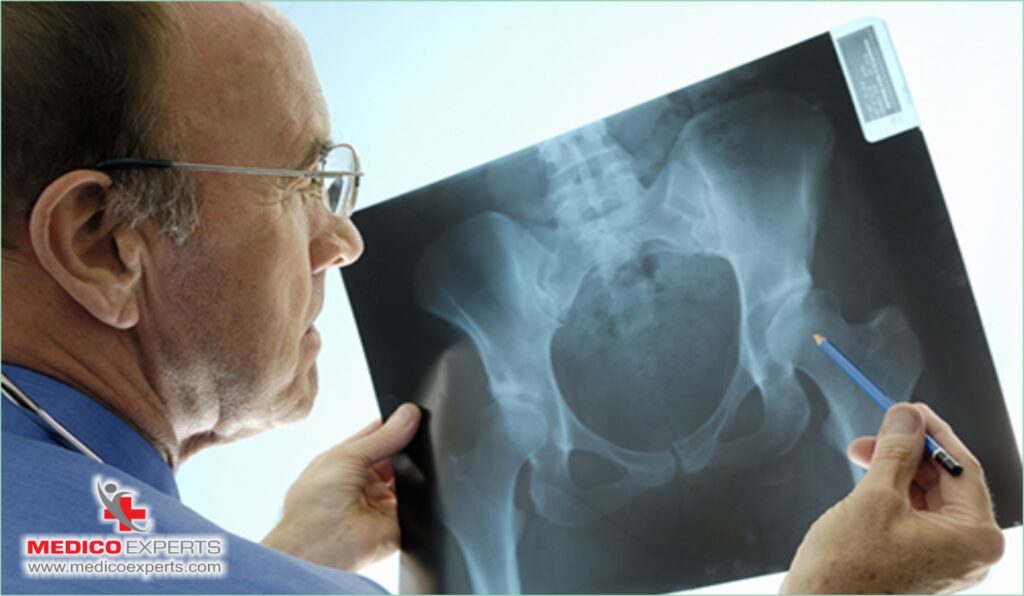
This is a circulatory disorder that disrupts blood flow to the bone. As such, it causes degeneration of the bone tissue, hence leading to pain, and eventually the structure of the bone weakens.
Notably, let us get deeper into the causes and find treatable options for affected people with AVN.
Relation of bone to blood supply
Although bones may appear hard and lifeless structures, they are the living tissues that rely on a continuous blood supply.
To maintain the health and strength of bones the delivery of nutrients and oxygen through blood flow is of utmost importance.
On the other hand, disruption in normal blood flow renders loss of strength, progressing eventually to death of tissue.
Why does blood supply loss lead to bone decay?
When blood flow to a bone is diminished, it triggers a series of events.
This process of cell death can result in the development of tiny fractures within the bone. As time passes these fractures may widen, eventually leading to the bone’s collapse.
Inflammation also plays a part because when the body reacts to dead bone tissue, it can hurt good tissue nearby even more.
Root Cause Analysis of Avascular Necrosis (AVN)
Several factors are capable of reducing blood flow and subsequently leading to AVN. Some of the causes that are to be taken into consideration include:
- Medical Conditions: There are a few diseases like sickle cell lupus, diabetes, and anemia that have the capability of reaching there and thus affecting the blood flow and then disrupting it.
- Medications: Corticosteroids tend to lead to reduced blood flow to the bone when taken for a long period.
- Injury: The blood vessels blood supply to the bone can be damaged due to trauma/ fractures.
- Lifestyle Factors: Excessive smoking with alcoholism can lead to AVN.
What is Stem Cell Therapy?
This therapy appeared to be a promising alternative for AVN patients.
Stem cell therapy is a procedure that includes the extraction of stem cells from the patient’s body, typically from bone marrow, and their subsequent injection into the affected area. This treatment has shown promising results in minimizing pain and improving functionality in patients with AVN.
Avascular Necrosis (AVN) of the femoral head can have a great impact on the health of young patients causing considerable pain in the hip. It is quite remarkable that the utilization of autologous stem cells, which are derived from the patient’s own body, holds great potential in stopping the advancement of AVN and potentially avoiding the necessity of undergoing total hip replacement surgery.
In regions impacted by AVN, there is frequently a deficiency of progenitor cells (a type of cell that is like stem cells). These can differentiate into a specific type of cell which plays a vital role in the regeneration of bones. To tackle this issue, more recent treatments have been created to introduce stem cells into the affected regions directly.
In 2002, Hernigou and Beaujean came up with a completely new plan. They utilized mesenchymal stem cells in conjunction with standard core decompression to administer these biologics into the affected area.
The research evaluated 189 hips from 116 people. During this, they infused concentrated iliac crest bone marrow through a core decompression way to treat the femoral head.
The findings were positive, especially for early AVN patients before bone collapse. Only nine of 145 hips needed THA after five years. People with Stage III or higher AVN generally need THA later on.
The study found a link between mesenchymal stem cell injections and AVN etiology, which affected disease development. Lower stem cell concentrations, alcohol usage, organ transplantation, and corticosteroid exposure may worsen the disease.
The retrospective review also examined the use of concentrated bone marrow as a potential treatment for AVN. The study included patients from the original research. After a follow-up period of 13 years it was discovered that out of 534 hips, only 94 (17%) required total hip arthroplasty. Most patients reported a significant reduction in pain and an improvement in hip function.
This was verified by higher Harris Hip Scores and a decrease in the size of the necrotic lesion on MRI. A significant number of (18%) patients experienced complete resolution.
These findings emphasize the promising potential of stem cell therapy in the management of AVN.
What is the process of reversals of AVN with Stem Cell Therapy?
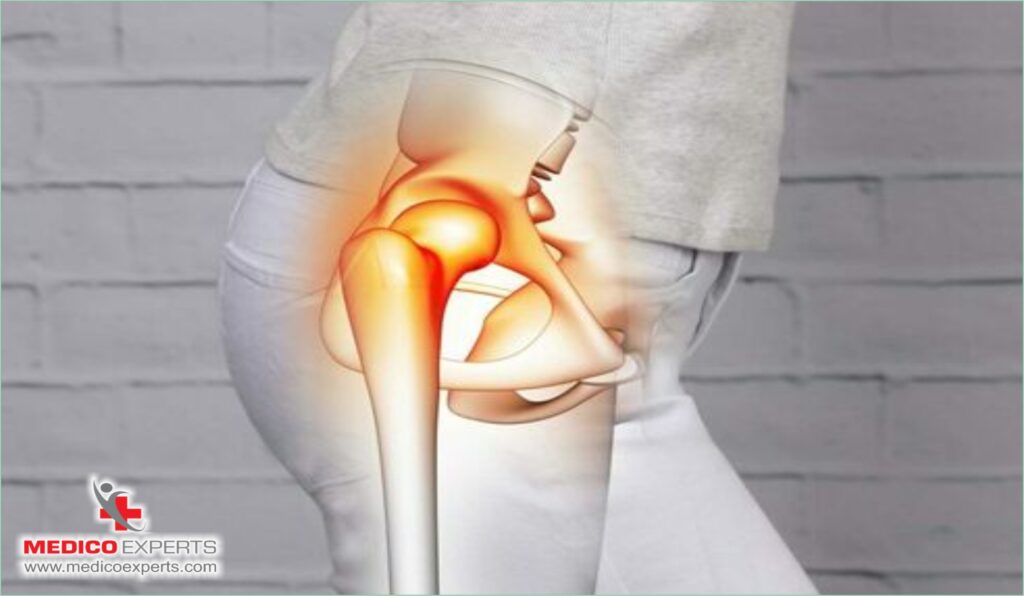
Most patients become optimistic when informed that stem cells can reverse avascular necrosis; such a possibility is an exciting and new opportunity for treatment.
Let’s break down how this therapy works and give you the essential information you need to know.
The Process of Stem Cell Therapy for AVN
This approach utilizes the body’s natural healing abilities to address the root cause of AVN.
Here’s a step-by-step look at how stem cell therapy is performed for AVN:
Step 1: Collecting Stem Cells from the hip
- The bone marrow in the iliac crest in the hip is used to get the stem cells from the patient.
- A special needle is used to take a sample of bone marrow during this procedure. X-rays can show signs of broken bones and joints.
Step 2: Processing Stem Cells
- The harvested stem cells are then sent to the laboratory for processing and concentration.
- The step ensures huge numbers of strong stem cells that are engraftment-ready.
Step 3: Insertion of Stem Cells
- The concentrated stem cells, therefore, get implanted in the bone region that AVN has damaged. Core decompression is a method used in this procedure.
- It is a process of making a small hole in the bone to decrease pressure and assist in the introduction of new stem cells into the affected area.
Step 4: Healing and Regeneration
- Right after being injected, the stem cells begin the healing and regeneration processes. They act to modulate healthy bone growth and blood flow to the area that has been affected.
- Over time, relief from pain, improvement in functionality, and the reversal of damage from AVN can occur.
Potential Limitations:
Stem cell therapy holds a lot of promise, but the following limitations should be borne in mind:
The Importance Of Early Stages
- The best effect of this kind of therapy can be seen when applied during the early stages of AVN before any bone collapse.
- In more complex situations the outcomes may not be as positive.
Factors To Consider
Two such factors that could affect how well this treatment works are the number of administered stem cells and the general condition of the patient.
Results may be affected by conditions like diabetes, heavy alcohol consumption, or continuous long-term use of steroid medication.
Bringing Relief to Complex Conditions
On a positive note, significant improvement is noted in most of the other cases. However, one must always remember that this stem cell treatment does not promise a fix. For some people, further medical interventions, like surgery, may still be necessary.
To live a pain-free life, maintain an active lifestyle, avoid invasive surgery, and find a reliable treatment for AVN, stem cell therapy presents a promising option.
Stem cell therapy for AVN shows great potential in the field of medical science. It provides a less distracting option to surgery and has the potential to significantly improve the patient’s condition.
Nevertheless, like any medical treatment, it is crucial to maintain realistic expectations and have a thorough discussion with a healthcare provider about all available options.
What are the symptoms of Avascular Necrosis?
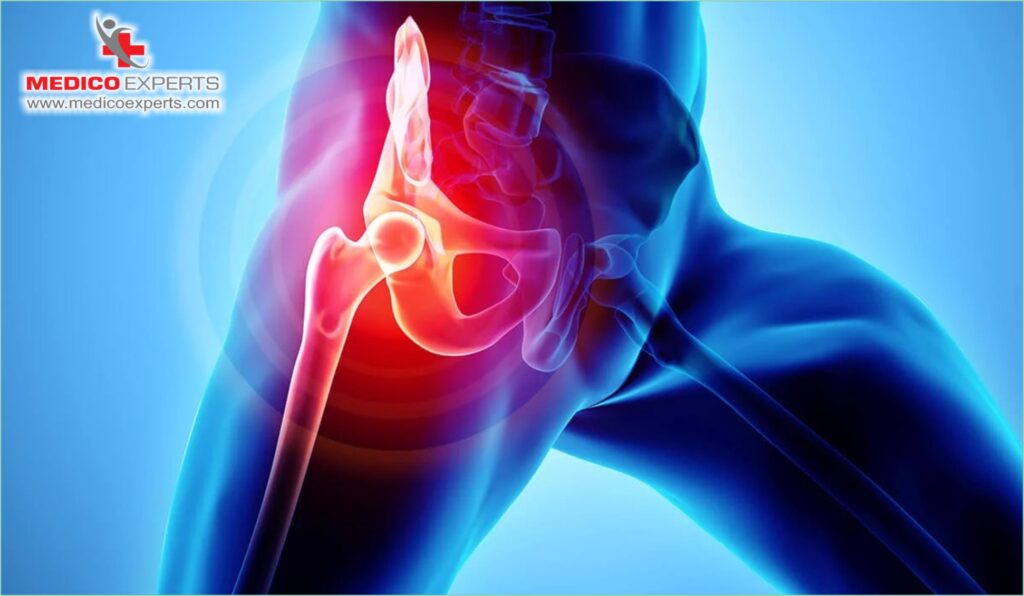
There is a possibility that you will not have symptoms that could be indicative of avascular necrosis for several weeks or even months.
The following is a list of symptoms that emerge gradually and have the potential to be indicators of avascular necrosis:
- Recurrent pain that increases in intensity and decreases in intensity when you apply pressure to your bone and then remove the pressure.
- Having avascular necrosis in the knees and hips might cause you to walk with a limp.
- The stiffness and pain in the joints can get worse.
- It might be challenging for you to climb stairs, stand up or walk.
- There could be a restriction in the range of motion.
How Avascular Necrosis is diagnosed?
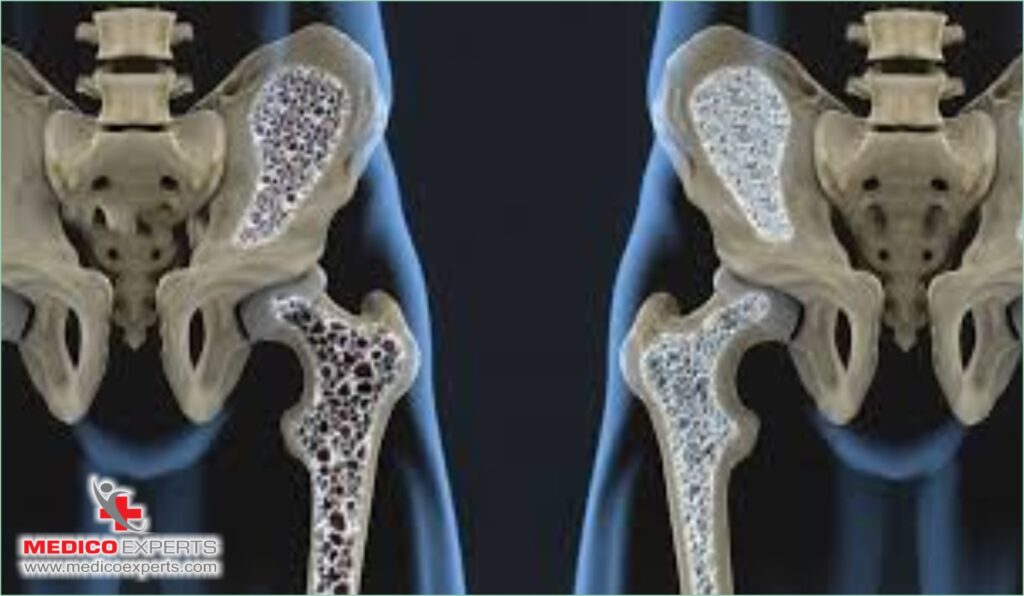
During the course of your physical examination, your healthcare professional will take into consideration your symptoms. In addition to this they could suggest one or more of the diagnostic tests that are listed below:
- X-rays: X-rays that can show broken bones and arthritis signs.
- MRI: Magnetic Resonance Imaging (MRI) can detect arthritis symptoms.
- Bone biopsy: It is likely that the physician will further suggest a bone biopsy in some instances in order to verify the diagnosis.
After reviewing the symptoms and diagnosis of the condition, let’s examine the therapies available to reverse AVN.
What conventional treatment options are available for Avascular Necrosis?

Obtaining an accurate diagnosis, and starting therapy as soon as possible is vital to manage the illness and prevent serious joint damage.
A variety of conventional therapy approaches are available for AVN including the following:
Core Decompression
Core decompression is a surgery that is often done in the early stages of avascular necrosis (AVN).
The procedure involves making a tiny hole in the bone that is afflicted to relieve the pressure inside the bone, lower the amount of discomfort, and encourage the creation of new blood vessels.
Through this, the bone is nourished and the advancement of AVN is slowed down or stopped entirely. Let us see the advantages of core decompression in AVN.
Advantages
– Helps to alleviate discomfort
– Facilitates increased blood flow to the bone
– Makes it possible to avoid additional bone collapse
As stated by the research, core decompression has the potential to be an extremely beneficial treatment, particularly when directed in conjunction with other procedures such as bone grafting or stem cell therapy.
Joint Replacement
It is suggested that patients with advanced AVN undergo joint replacement, which is sometimes referred to as arthroplasty.
This procedure is performed when the bone has collapsed and the joint has suffered considerable damage.
During this procedure, the damaged bone and cartilage are extracted and replaced with artificial components. Let us see the advantages of joint replacement in AVN.
Advantages
– Restores the function of the joints
– Relieves pain and makes health better
– It is common for joint replacement to be required in situations when previous therapies have been unsuccessful or are not appropriate owing to the severity of the injury. Get in-depth information on hip replacement here.
Which is the best treatment option for AVN?
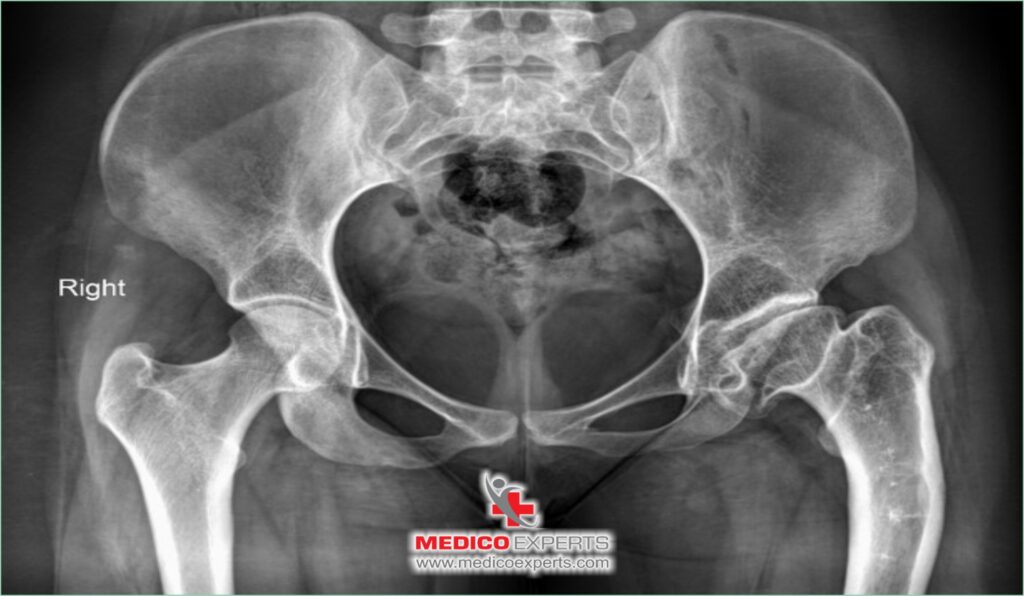
Several criteria determine which therapy approach is the most effective for AVN. These considerations include the patient’s age, the problem’s severity, and general health. In the early stages of AVN, less intrusive techniques such as core decompression may be used to control the condition.
However, in the later stages, joint replacement may be necessary. To determine the most suitable treatment strategy, it is elementary to consult with a physician who has dealt with a significant number of instances with AVN.
How long can you live with Avascular Necrosis?
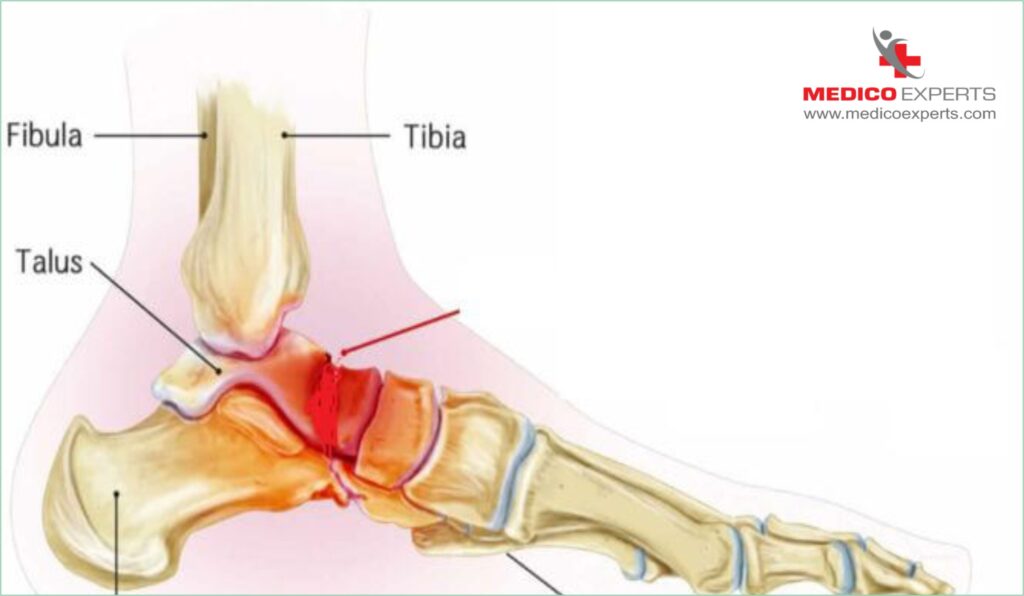
Early diagnosis, treatments, and good care are the most crucial factors in determining the prognosis and life expectancy of a person who has AVN.
In the absence of therapy, AVN can result in significant joint injury and subsequent disability. According to the National Institutes of Health, persons who have AVN may be able to live a healthy life by treating the illness by changes in lifestyle as well as through medicinal procedures.
Takeaway

As long as it is addressed early on avascular necrosis can be reversed. You should get a diagnosis right away so that you can start treatment as early as possible and get your bone health back. Stem cells have shown potential in regenerating bone tissue and improving blood flow without the need for invasive surgery.
One can further explore these options at MedicoExperts for thorough details on the AVN treatment course and also for consultation with specialized healthcare professional experts. Hereby, we help to solve any of your queries regarding AVN and different ways of treating it.
It’s important to talk to your doctor if you have any illness or take medicine that may increase the risk of developing avascular necrosis.
You can also book an appointment online or call us at +91 9769516280. Our team is available 24*7 available.
Frequently Asked Questions (FAQs):
Q1. What lifestyle activities increase the risk of developing avascular necrosis?
A. Some of these activities that involve lifestyle include:
– Long-term use of corticosteroids.
– Heavy alcohol use, smoking, high-impact sports, or
– Activities leading to joint injuries.
Q2. How can I prevent avascular necrosis?
A. To prevent AVN here are some tips that include:
– Limit alcohol intake,
– Manage chronic conditions like diabetes and high cholesterol, avoid smoking, and
– Avoid high-dose steroids unless absolutely necessary.
Q3. Does hip replacement cure avascular necrosis?
Hip replacement can be considered as a potential solution for managing the symptoms and damage caused by AVN. At the same time, it is important to understand that it does not offer a cure for the underlying condition.
Q4. Any other solutions for avascular necrosis in alternative medicines?
Apart from the above-mentioned therapies, the other alternatives are Ayurveda and Homoeopathy.
Ayurveda remedies often involve herbal medicine accompanied by changes in diet and lifestyle, which would be helpful to improve the joints.
Homeopathy: Individualized homeopathic treatment, taking into account the symptoms and general health of the patients, offers some relief in pain and possibly slows down the progression of the disease.
Recommended Articles For You
Hip replacement surgery (total or partial) is also called as total hip arthroplasty. It is a surgical procedure to replace a……Read More
If you or any of your loved ones are suffering from avascular necrosis, we understand that the pain is immense. It takes a toll…..Read More
Do you think that it is impossible for you to maintain an active life with avascular necrosis? The pain is unbearable and…..Read More
Patient’s Video Testimonial of successful AVN Treatment without surgery using Stem Cells
Recommendations To Understand Different Treatments
You dream and hope to see your loved ones living a happy and healthy life. But when that health and happiness can come from a…..Read More
How can hip pain stop your monthly income, dreams, and health? Hip pain can make you bedridden if you don’t…..Read More
Do you know you can avoid joint replacement surgery by stem cell therapy for knee cartilage repair and cover the…..Read More
Are you worried that muscular dystrophy will stop your child from living a self-reliant life? We understand that you may…..Read More
Medically Reviewed and clinically By MedicoExperts Editorial & Clinical Review Board
References
- https://www.ncbi.nlm.nih.gov/pmc/articles/PMC10788237/
- https://www.ncbi.nlm.nih.gov/pmc/articles/PMC3986287/#b13-sccaa-7-065
- https://www.ncbi.nlm.nih.gov/pmc/articles/PMC3986287/
- https://www.ncbi.nlm.nih.gov/pmc/articles/PMC5053855/
- https://www.ncbi.nlm.nih.gov/books/NBK537007/
- https://www.ncbi.nlm.nih.gov/books/NBK546658/#NBK546658_dtls


